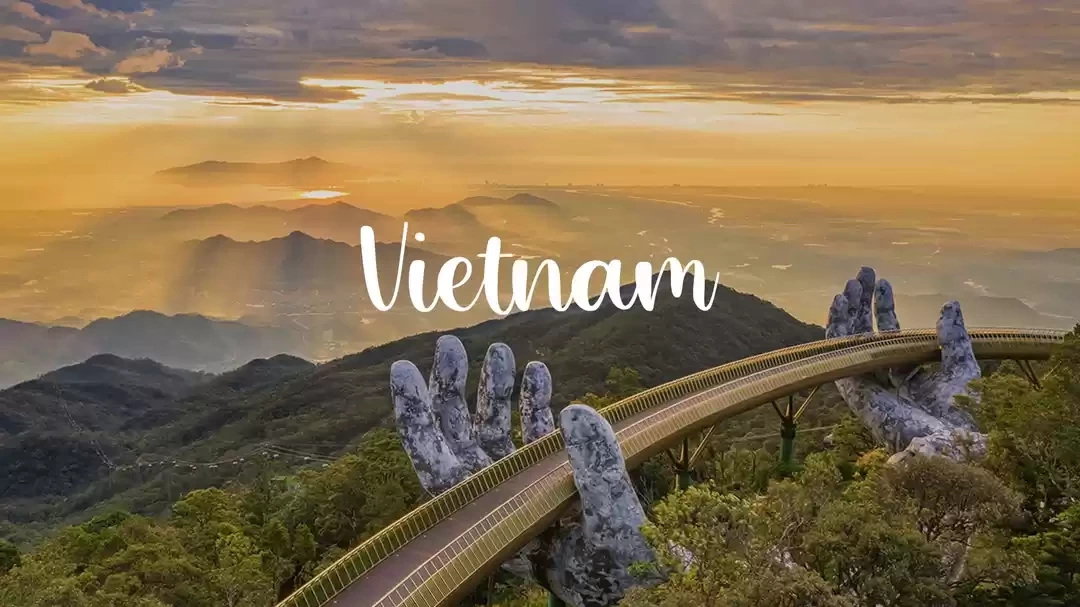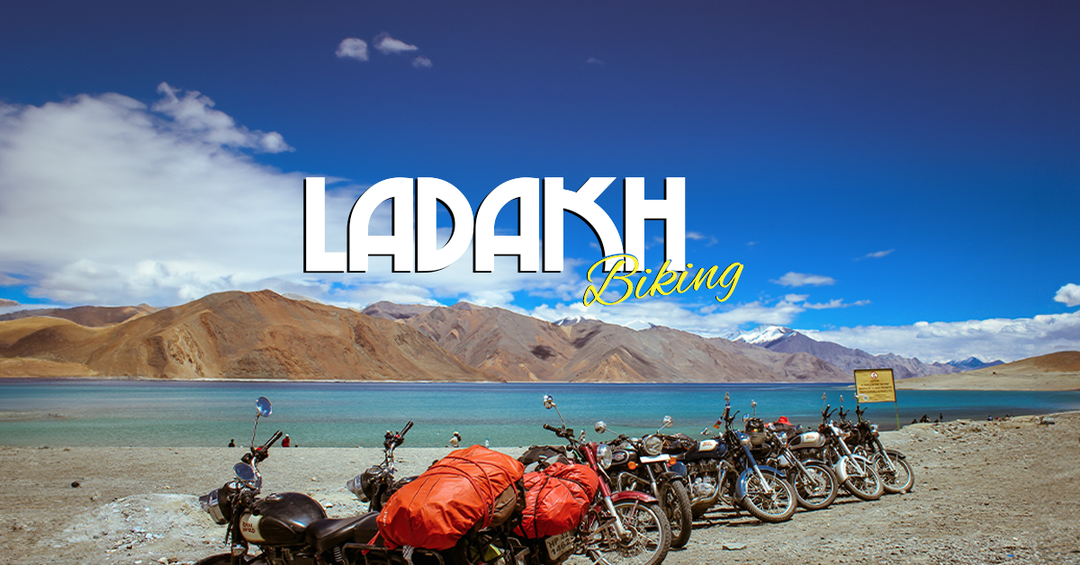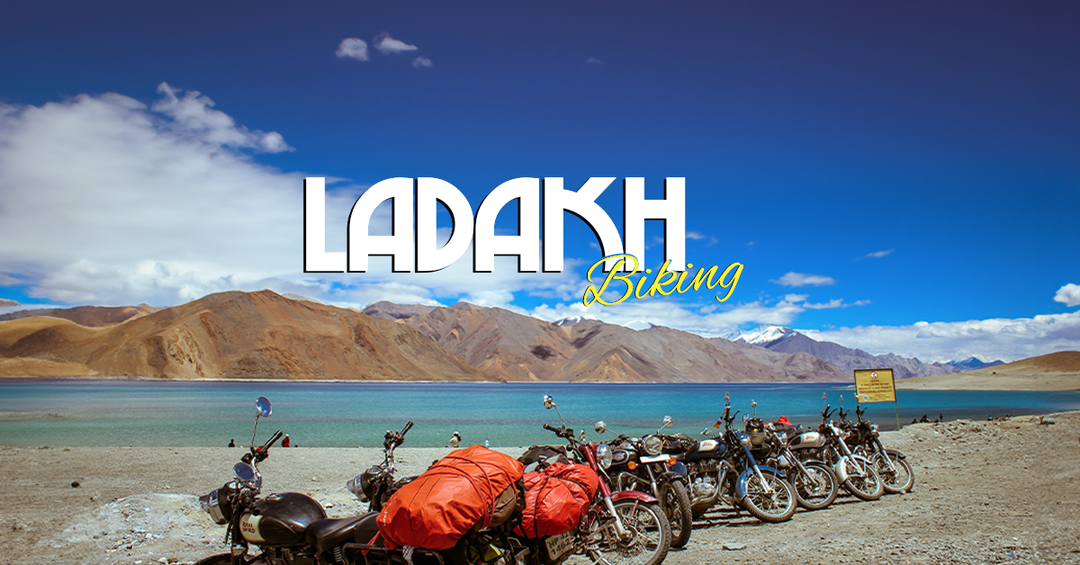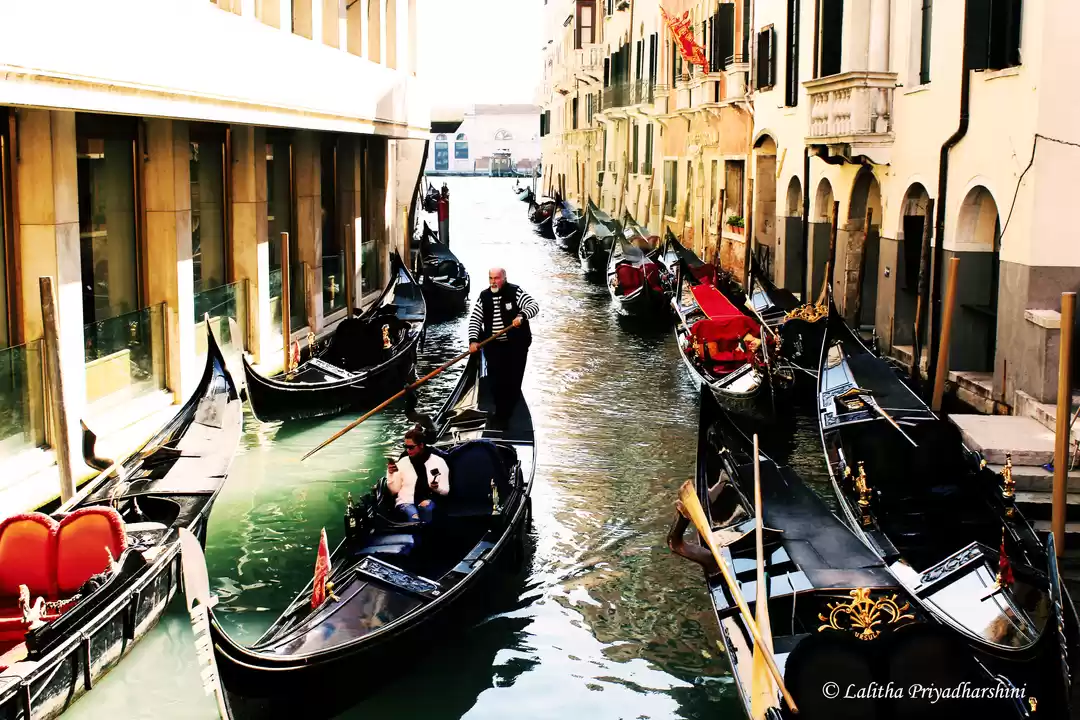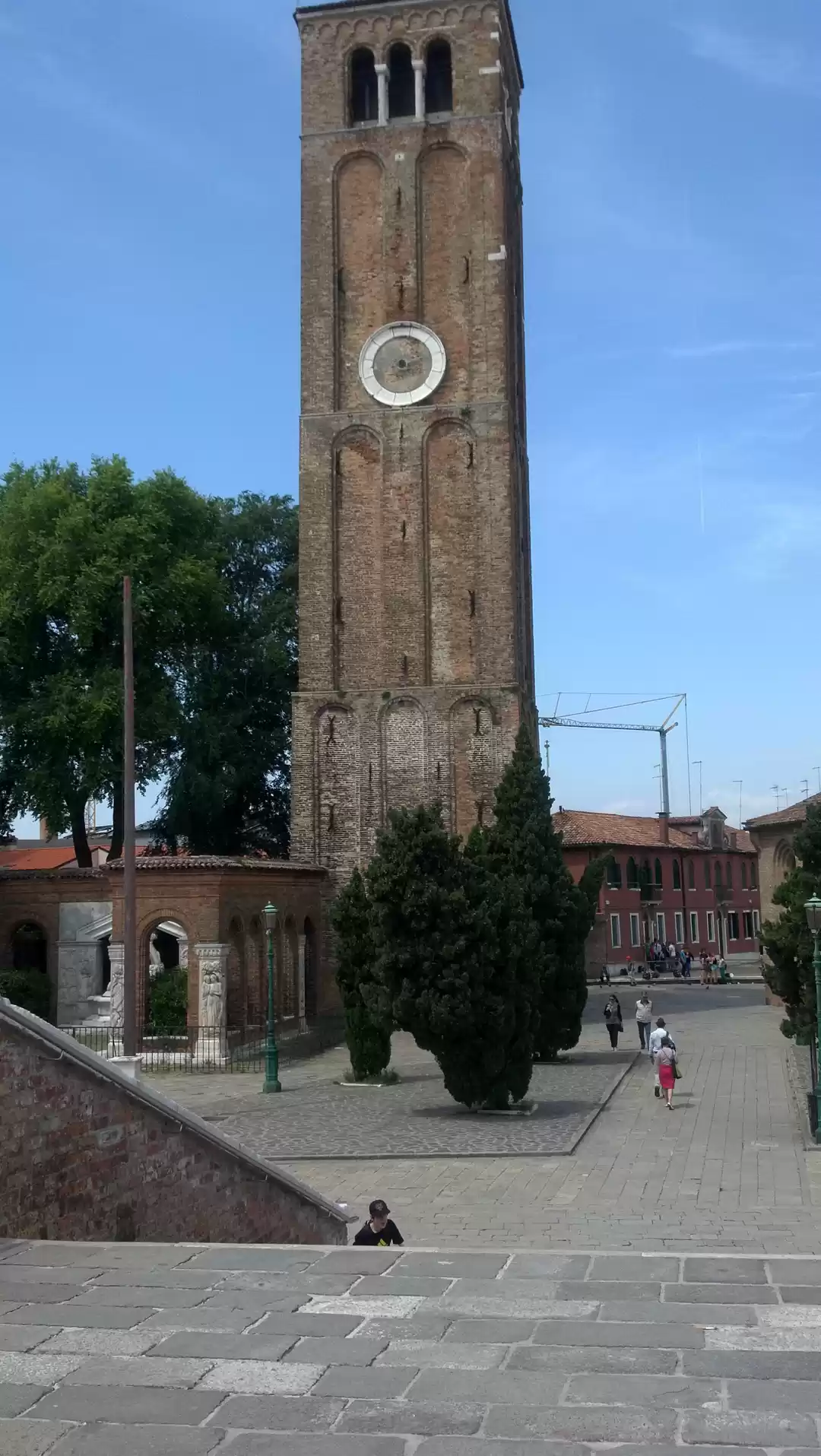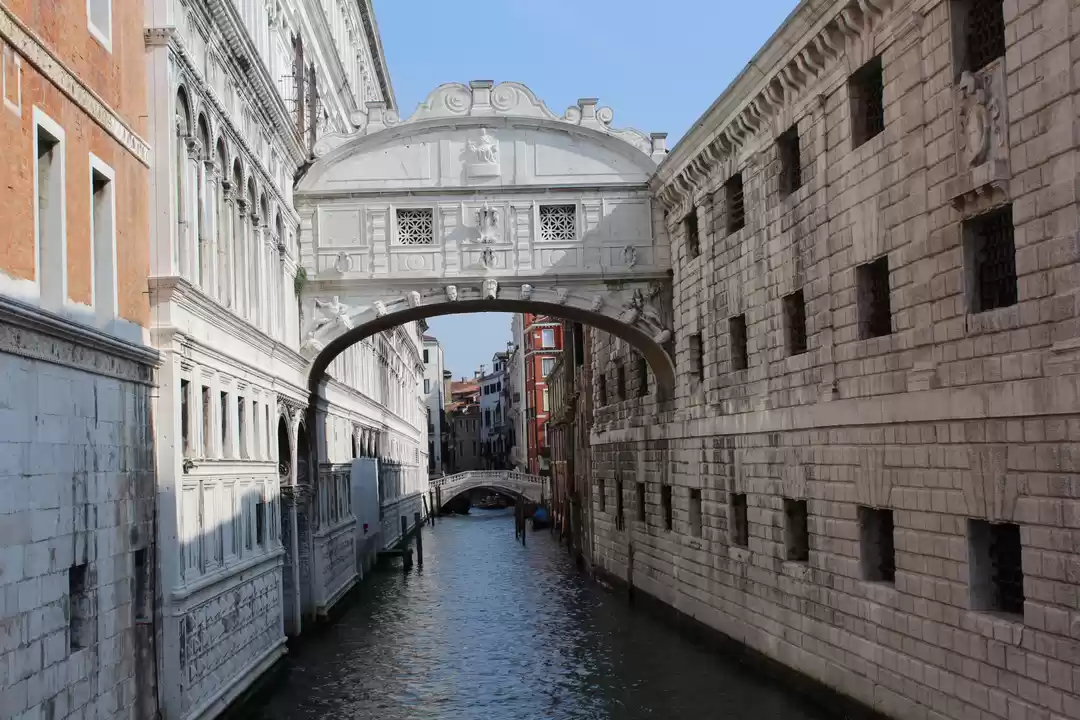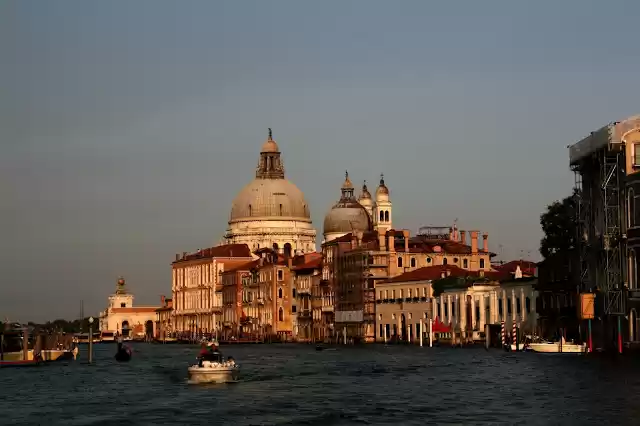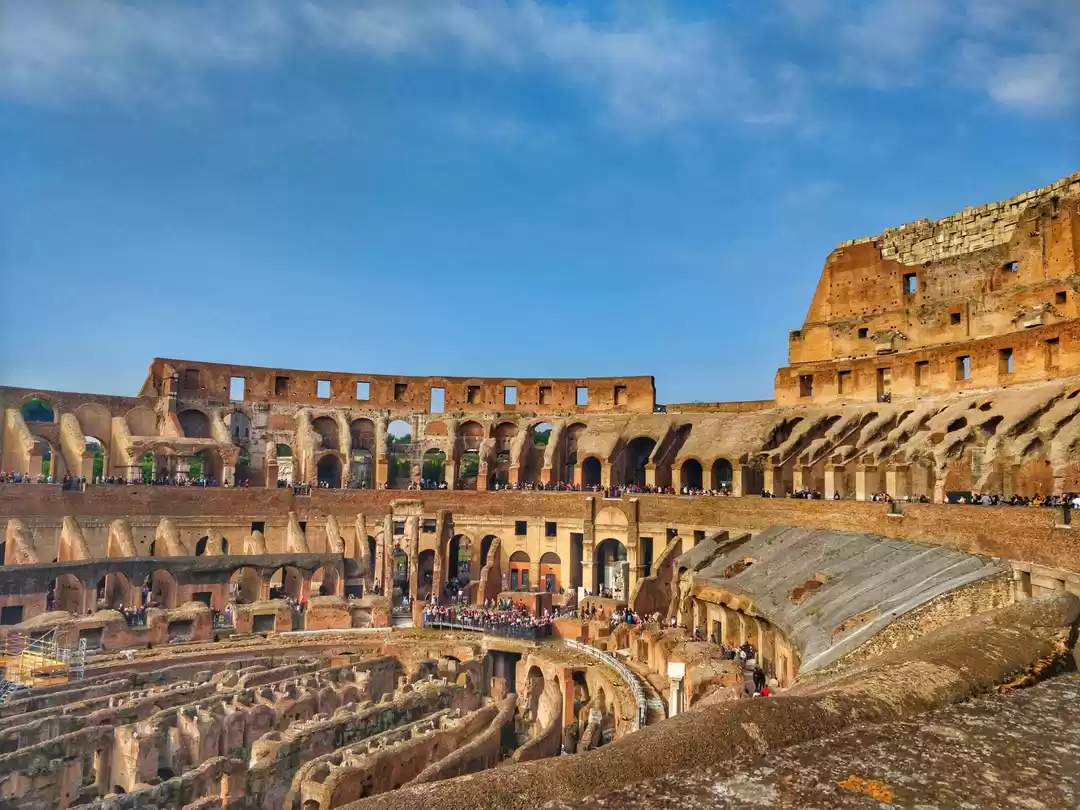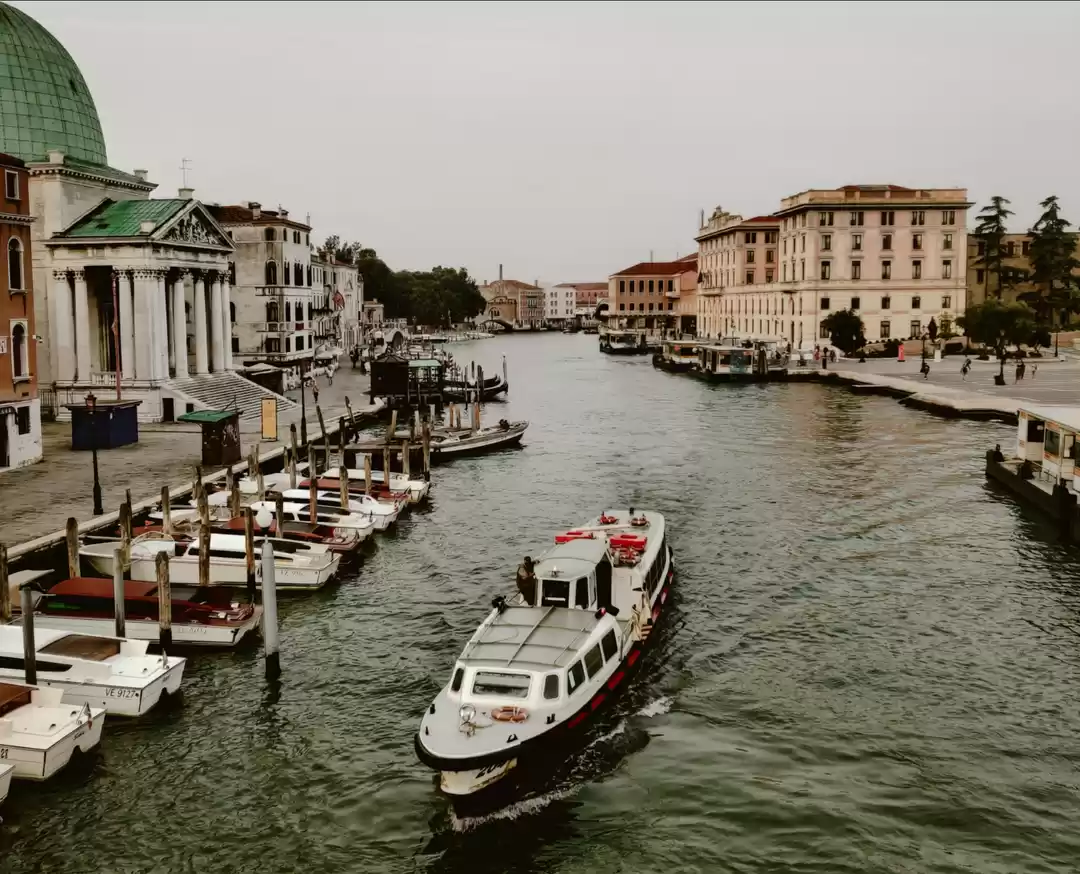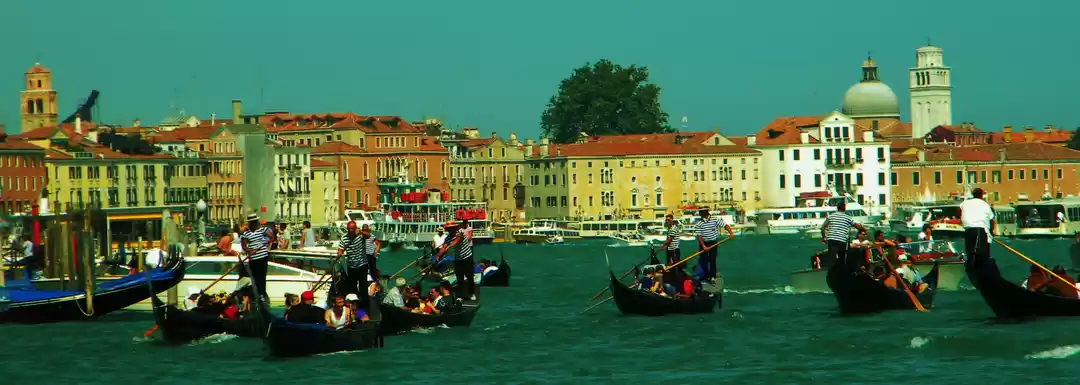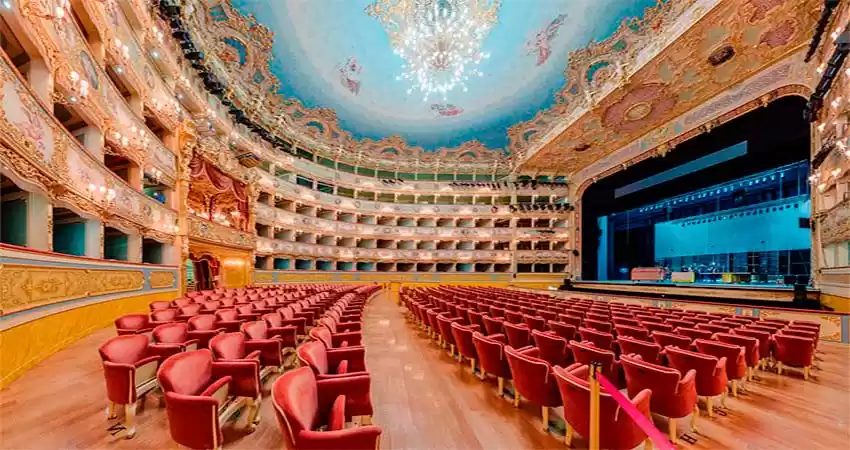
Venice needs no introduction. It is probably one of the most famous and recognizable places in the world. A travel destination which should be on every traveler's bucket list. A day or a week is never going to be enough at this unique place, however Venice is often a stop in a longer journey around Veneto area, North Italy or Italy in general. Therefore in this article we will try something different. We will try to squeeze the ultimate visit to Venice in just one day (or two if you have the time) and on a tight budget. The 10 things you must do if you had only one day in Venice are :

Take a boat trip in the Canal Grande : A visit in Venice is not complete without crossing the Canal Grande (Grand Canal) by boat. The easiest and cheapest way is to take the Vaporetto (check the official site for hours and tickets), which is the Venetian public waterbus. There are 19 scheduled lines that travel between Venice and nearby islands, such as Murano, Burano and Lido. If you take Vaporetto at Piazzale Roma (near the huge parking lots at the entrance of the historic centre) and disembark at San Marco, you would have crossed all the Canal. The banks of the Canal Grande are lined with more than 170 buildings, which date between 13th and 18th century. All the welfare and art created by the Republic of Venice is demonstrated at these palazzos. Apart from the palazzos, you see magnificent churches like Santa Maria Della Salute and you pass under the two most famous bridges of Venice, Ponte Rialto and Ponte dell' Academia.

Feel like a celebrity in Piazza San Marco : Piazza San Marco is the most famous and photographed place in Venice, used to be the epicenter of Venetian Republic and its historic (and expensive) cafes has served all the world known celebrities. Along the coast you see the two columns of San Marco and San Torado, which were the sea gate of the city. The center of the square is dominated by the 98,5 meters high Campanile and the elaborated Torre dell' Orologio (on the north side), which was originally designed with seafarers in mind. Attached to the Basilica of San Marco, you see the Palazzo Ducale ( Doge' s Palace) , a masterpiece of Gothic architecture. It requires several hours to visit the interior, so you could skip for now. At the east side of the palace you see Ponte dei Sospiri (Bridge of Sighs), which was crossed by offenders on their way to the interrogators.

Admire the architecture and greatness of Basilica San Marco : The main attraction of the area is the glorious Basilica San Marco, a unique example of Byzantine architecture. It was built in the 9th century and was remodeled many times during the following centuries. For its opulent design, gilded Byzantine mosaics and its status as the symbol of Venetian wealth and power, it was named Church of Gold. Spend at least an hour to visit and admire the interior of the building, a mix of oriental extravaganza and western influences. Usually the queue to enter the church is long, so plan ahead and book your tickets from the official site.

Stroll around La Fenice : West of the ever crowded Piazza San Marco lies the labyrinth of alleys around La Fenice, which is the city oldest theatre and opera house. The theatre was originally built in 1792 and was destroyed by a fire in 1836, but a year later was resurrected, just like phoenix (fenice), from its ashes. The surrounding area has also two wonderful squares to explore, Campo San Fantin and Campo Santo Stefano, where you could find exceptional little shops, like Legatoria Piazzesi (Campiello della Feltrina), a paper shop specialized in handmade postcards. From Campo Santo Stefano head to Ponte dell' Academia, a wooden bridge that was built as a temporary replacement to the older bridge that was situated here in 1932 and since then remains at its position on public demand.

Visit the unknown Squero di San Trovaso : After crossing Ponte della Academia and behind the imposing building of Galleria dell' Academia (the largest collection of Venetian art in existence), take a small detour to visit Squero di San Trovaso, a tiny boatyard established in the 17th century. The boatyard has been home to the workshops of many generations of gondola builders. The small wooden buildings around it are Tyrolean in style, because the first workers came from Dolomites, in the Italian Alps. Just next of the boatyard you see the church of San Trovaso, which has two decorated and distinctive entrances, due to the fact that at the neighbourhood, existed two rival families (Castellani and Nicolotti), who each wanted its own gate.

Discover the peacefulness of Campo San Barnaba : After San Trovaso head for Campo San Barnaba. This canal-side square was known as the home of the impoverished Venetian patricians. Today at the square you see a vegetable barge and the church of San Barnaba which usually hosts art exhibitions. A few meters from there, the famous Ponti dei Pugni (Bridge of Fists) is distinguished by two pairs of footprints, which indicate the positions for fights between rival gangs. Stroll around this peaceful part of the city and discover unique small shops, like Il Mondo in Miniatura (Ponte de le Maravegie) with miniatures of the city's buildings and Mondonovo Maschere (Rio Terra Canal), famous for its masks (which were used in the movie "Eyes Wide Shut"). Also at Campo San Barnaba, you could taste one of the best espresso in Venice, in the miniature Cafe Bar Ai Artisti.

Have a coffee with the locals at Campo Santa Margherita : Cross Ponte dei Pugni and via Rio Terra Canal reach Campo Santa Margherita, one of the largest squares in Venice. Its surrounding buildings are of minor artistic importance but the market stalls, off-beat shops and cafes, attract many locals and especially young people. Imagina Cafe and Margaret Duchamp are the most popular cafes around the square. Also here you could taste excellent gelato at Gelateria Il Doge and other delicacies at Majer bakery. As you are leaving the square take a look at Calle del Forno at the north end, where some of the oldest surviving Byzantine houses are located.

Stare at Venetian masterpieces in the Frari : From Campo Santa Margherita cross the small bridge to Campo San Pantalon. Continue towards Scuola Grande di San Rocco and reach Santa Maria Gloriosa dei Frari (aka Frari). This huge plain Gothic church is one of the biggest buildings in San Polo quarter. The church was built initially in the 13th century and was replaced by this larger building in the 15th century. Despite its austere exterior, its interior is striking for its sheer size and the quality of its works of art. These include masterpieces by Titian (his famous Madonna di Ca' Pesaro is here), Bellini, Donatello, Cozzi and more, along with a number of monuments to famous Venetians (for more information and tickets visit its official site). On your way from Frari to Rialto district, search in the narrow alleys for Pasticceria Targa (Rughetta del Ravano), probably the most famous of Venice pastry shops.

Cross Ponte Rialto, the most famous bridge in Venice : First walk along Riva del Vin, one of the few accessible canal-side streets along Canal Grande, where wine was offloaded. From there, climb up the stairs to Ponte Rialto. This bridge is the oldest bridge across the canal and was the line between the districts of San Marco and San Polo. The bridge started as a wooden construction and took its final form in 1591, based on a design by Antonio da Ponte. Admire the view and shop at the small tourist gift shops on the bridge. Finally visit the nearby Rialto Mercato, the Venetian market established in 1097, which was the beating heart of Venetian commerce. Here products from all over the world were gathered and sold, from fish and vegetables to luxury and exotic goods. At the centre of the market, San Giacomo di Rialto is the oldest church of Venice.

Shop and relax in Cannaregio : Crossing Rialto Bridge and moving north will lead you to Cannaregio quarter. Although there are several palazzos built along Canal Grande (one of the them the famous Ca' D' Oro), the area was a working class and manufacturing district. Also the Jewish Venetian Ghetto was located here from 1519 until 1797. Walk along Strada Nuova, which was a canal transformed into a wide street in the 19th century, shop at the numerous shops and have a break at the various small cafes. Along the road, you also come across Farmacia Ponci, one of the oldest pharmacies in the world.
From this point, either move ahead on foot or take a Vaporetto, in order to return back at the starting point of our itinerary at Piazzale Roma.
Venice is so unique and beautiful that it cannot be ruined by the millions of tourists that visit it. However our advice is to visit Venice during winter, from November until March and discover its magic and greatness. The pictures you are going to take with you, will follow you for life.







